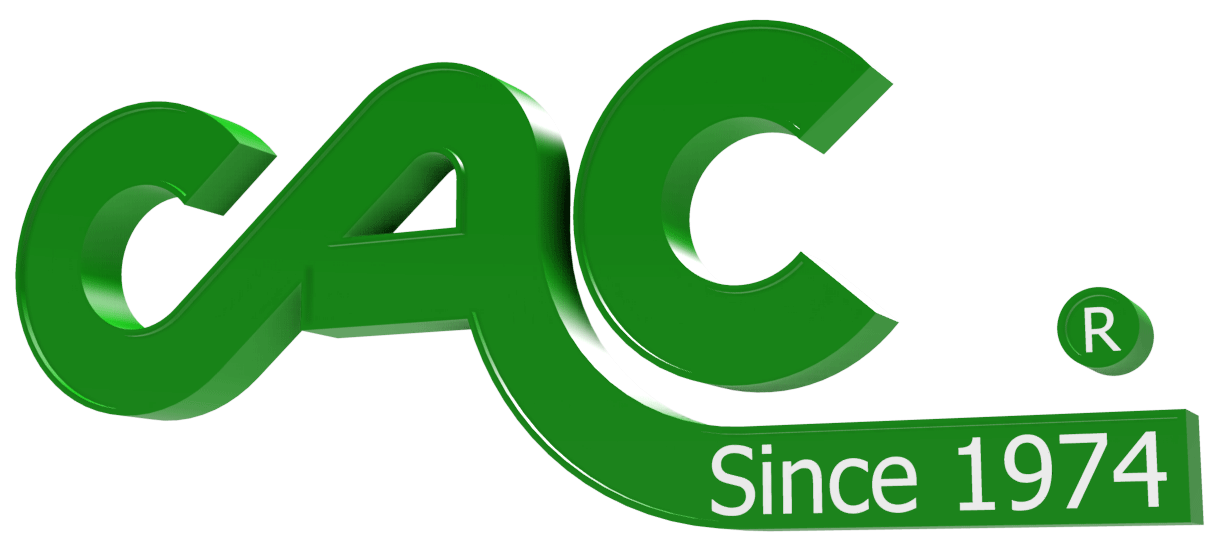In our last tech tip we discussed some ways to get the most from your idler rollers. Proper application of driven rollers is essential to web handling and processing.
-
This first tip is common for idler rollers and driven rollers. Remember the web handling principle: A web will seek to align itself perpendicular to a roller in its entry span to that roller. That means webs will bend out of their normal running plane to stay at a 90-degree angle to the entry point of any roller with which they have traction. Web guiding issues and wrinkling problems will occur when rollers are skewed and not parallel to each other. Check to make sure all rollers in your machine are parallel to each other. Laser alignment services are available to assist with this process.
-
Balancing, as with idler rollers, is a concern. However, since driven rollers are driven with external power transmission (not driven by the web), it is less critical to web tension control. Still, machine vibration will be diminished with properly balanced driven rollers.
-
Linear speed of the web will vary relative to roller diameter. Roller diameter needs to be accurately measured and drive systems, whether mechanically or electronically must be adjusted relative to actual roller diameters.
-
If driving a multiple “S-Wrap†roller configuration with one drive through gearing (timing belt and pulleys, for example), measure each roller diameter, independently, and keep larger roller diameter rollers down-stream of smaller rollers, even if the roller diameter difference is very small. This will ensure a positive draw and will avoid a negative draw, which could result in loss of web tension.
-
Check rubber roller diameters from time to time because diameters may change over time due to wear. Drive speed fine tuning may be necessary.
-
To positively drive your web, the roller face may need to be high traction, like rubber or plasma coating. If the web slips on the driven roller face, the web is not in traction with the driven roller and web guiding, tension control and wrinkling problems can all occur.
-
All types of rollers can be driven including anti-wrinkle rollers, crowned and concave rollers. Typically these rollers are driven synchronous with the web to facilitate web traction with these rollers face.
-
Anti-wrinkle rollers such as WrinkleSTOP or bowed rollers require web tension in order to turn without being driven. External drives can be used with low tension applications in order to turn these types of rollers.
|







